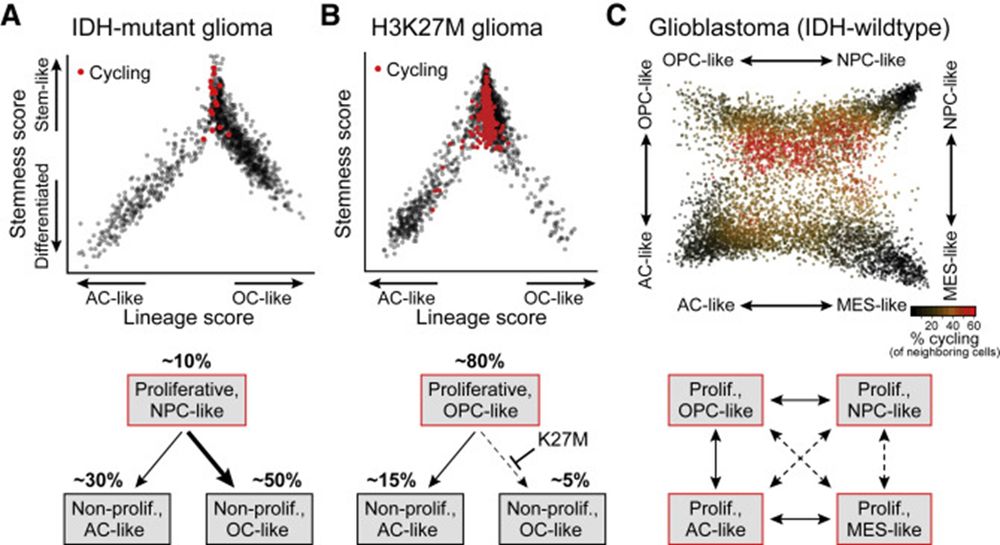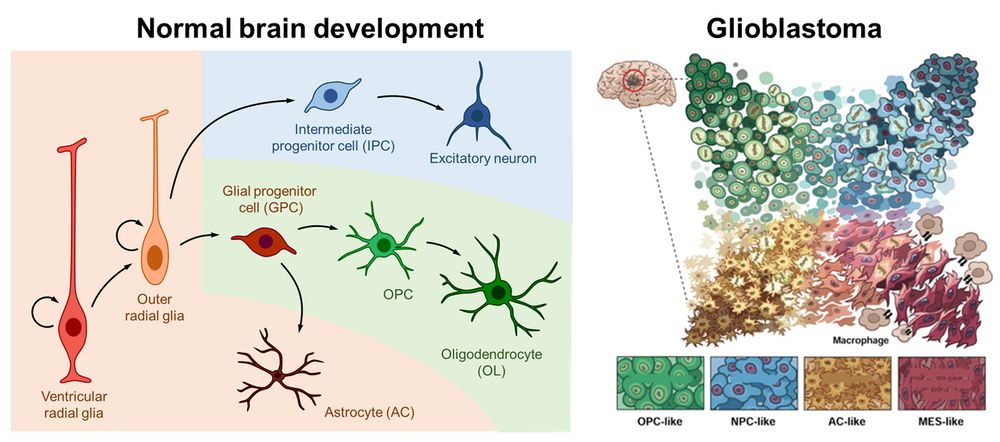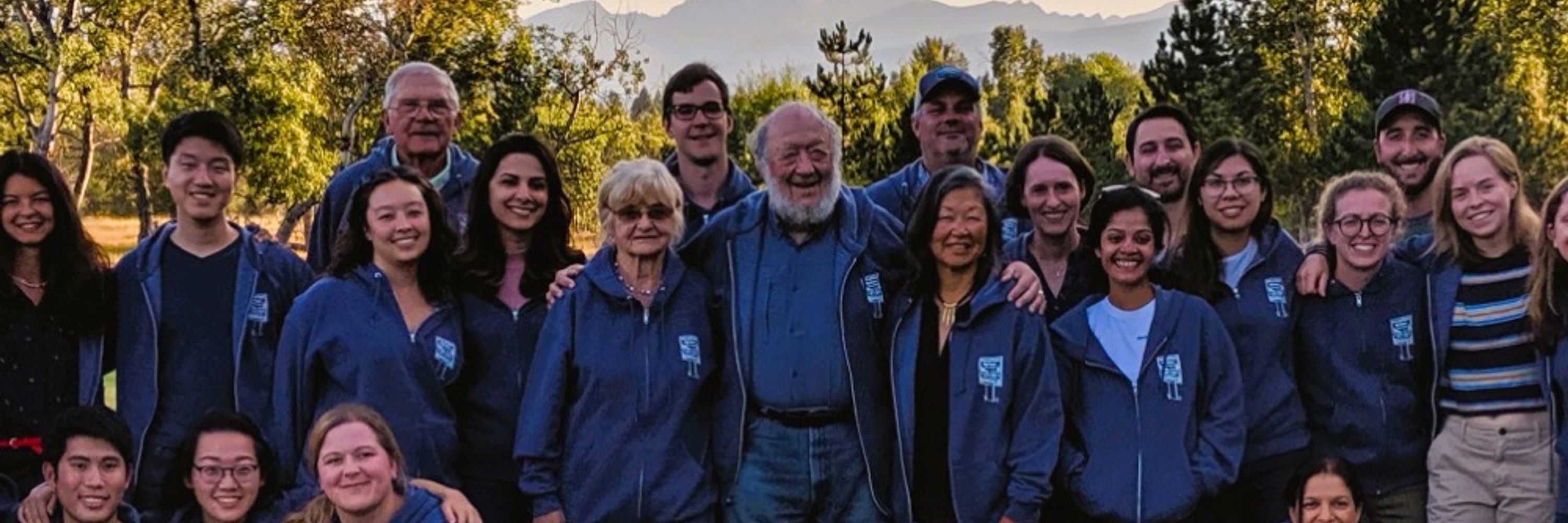
Princeton '18
www.biorxiv.org/content/10.1...

www.biorxiv.org/content/10.1...






@10xgenomics.bsky.social 3' chemistry. 3/

@10xgenomics.bsky.social 3' chemistry. 3/

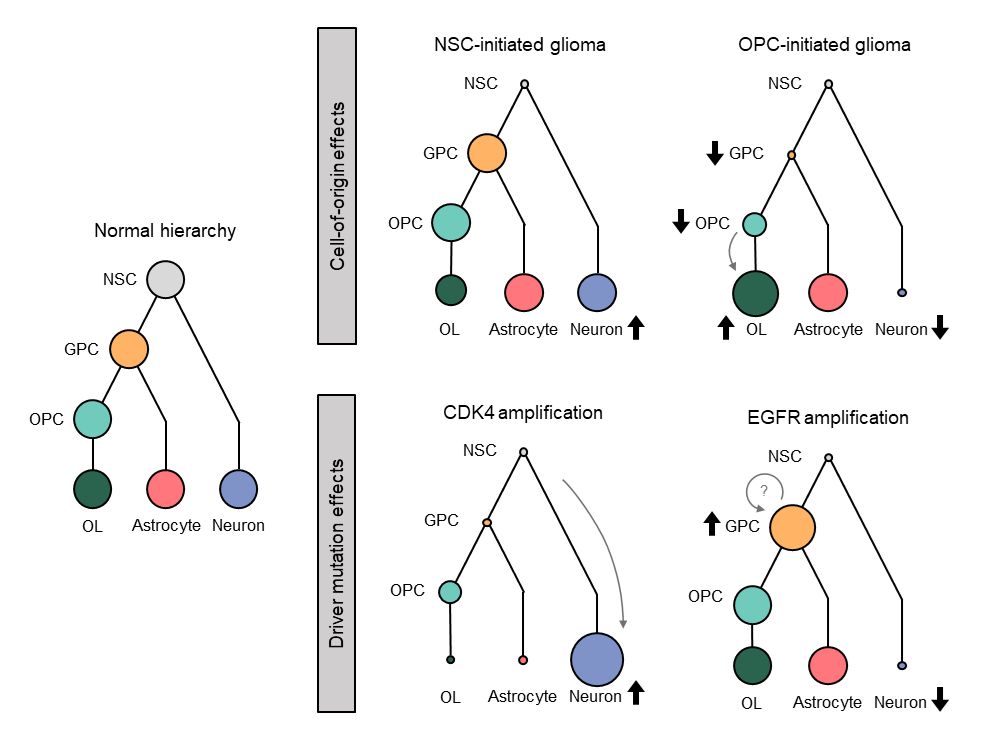
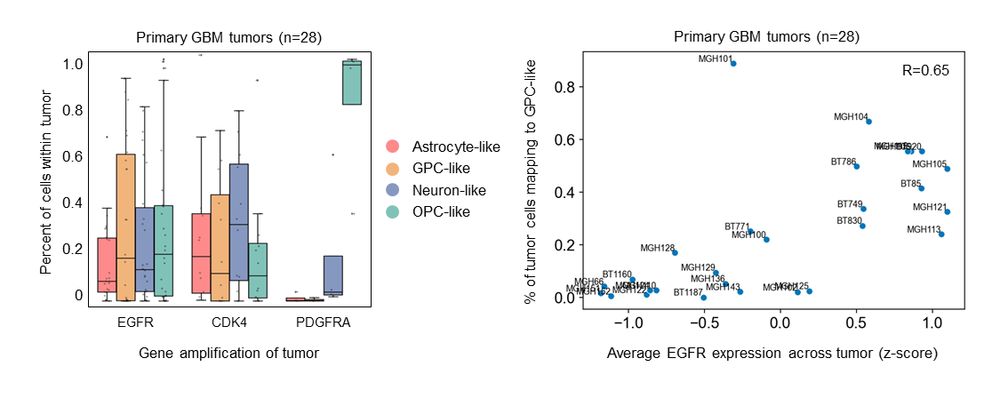
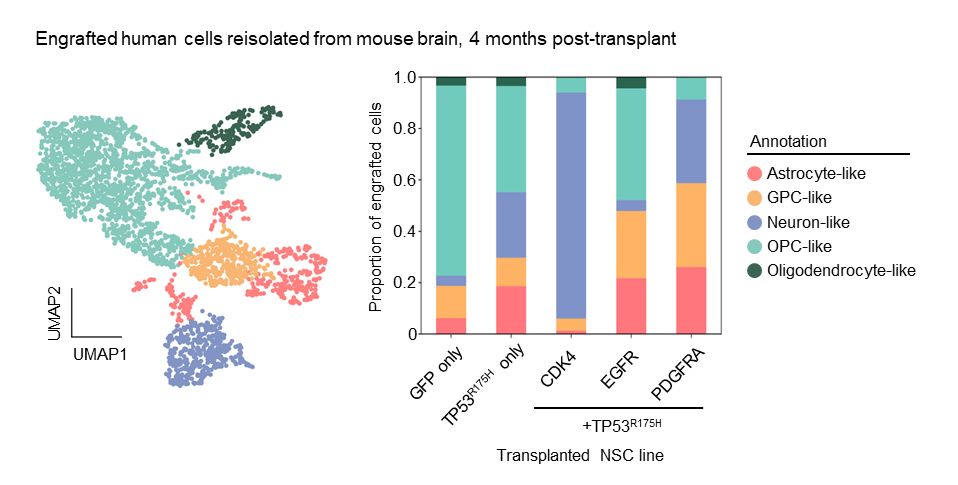
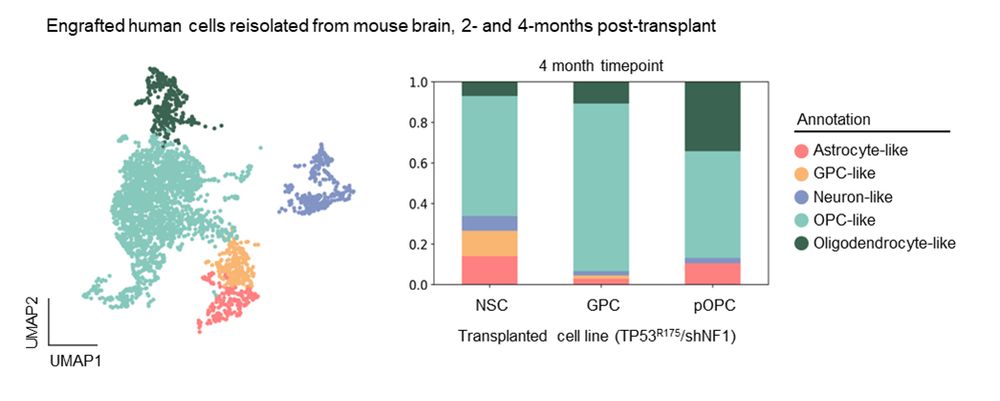
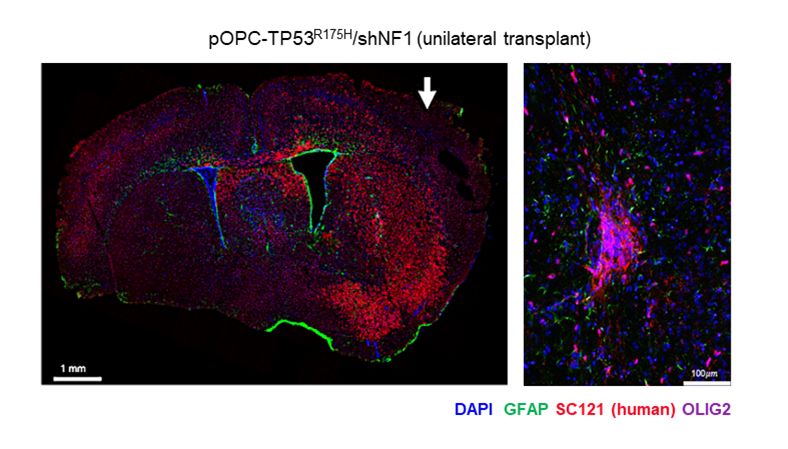
Using isogenic NSC, GPC, and OPC neurosphere lines, we created glioma-like lines by introducing defined combinations of oncogenic driver genes. 5/

Using isogenic NSC, GPC, and OPC neurosphere lines, we created glioma-like lines by introducing defined combinations of oncogenic driver genes. 5/
bsky.app/profile/dani...
www.cell.com/cell/fulltex...

bsky.app/profile/dani...
